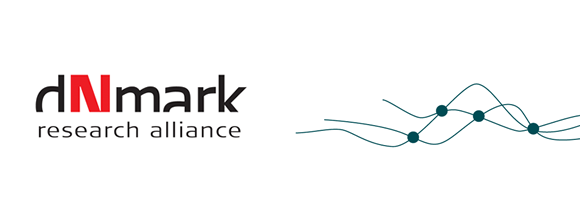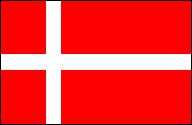A new paper investigates the large differences in the development of Danish and Dutch pig farming, which is also relevant to the discussion of future N legislation.
Why Danish pig farms have far more land and pigs than Dutch farms? Implications for feed supply, manure recycling and production costs.
The Netherlands and Denmark are the two biggest pig meat exporters in Europe, both with a strong focus on the German market. The structure of pig farms is very different: an average Danish pig farm has 3500 pigs, 170 ha of agricultural land on which a major part of the feed cereals are grown, whereas a typical Dutch pig farm has 2500 pigs with only 10 ha. As a consequence, Dutch pig farmers have to purchase all feedstuff and need to dispose nearly all the manure off-farm. A literature based study revealed that the main factors for the contrasting development were a stronger competition for land, resulting in higher land prices, and stimulation of intensive animal husbandry in the Netherlands, while in Demark environmental policies more strongly coupled manure production to land area.
As a result the Dutch pig farmers have focused on intensification of livestock production on small holdings using external sources of feed supply, and Danish farmers on efficient production of feed cereals on large holdings. Due to a gradual lowering of manure and fertiliser application standards, Dutch farmers increasingly have to process manure and export manure, further increasing the total costs of pig production. Manure disposal costs per kg of slaughter weight in 2011 were on average 3.5 times higher in the Netherlands than in Denmark. Manure is exported mainly to Germany and France, which also supply the feed cereals. Therefore manure export contributes to closure of nutrient cycles. Danish pig farmers are less sensitive to nutrient policies and feed prices than those in the Netherlands, but the high debt rate makes the sector vulnerable to low pig prices.
Paper:
Willems, J.; Grinsven, H.v.; Jacobsen, B.H.; Jensen, T.; Dalgaard, T.; Westhoek, H. and Kristensen, I.B. (2016). Why Danish pig farms have far more land and pigs than Dutch farms? Agricultural Systems, 144, 122-132. http://dx.doi.org/10.1016/j.agsy.2016.02.002




 Danish
Danish